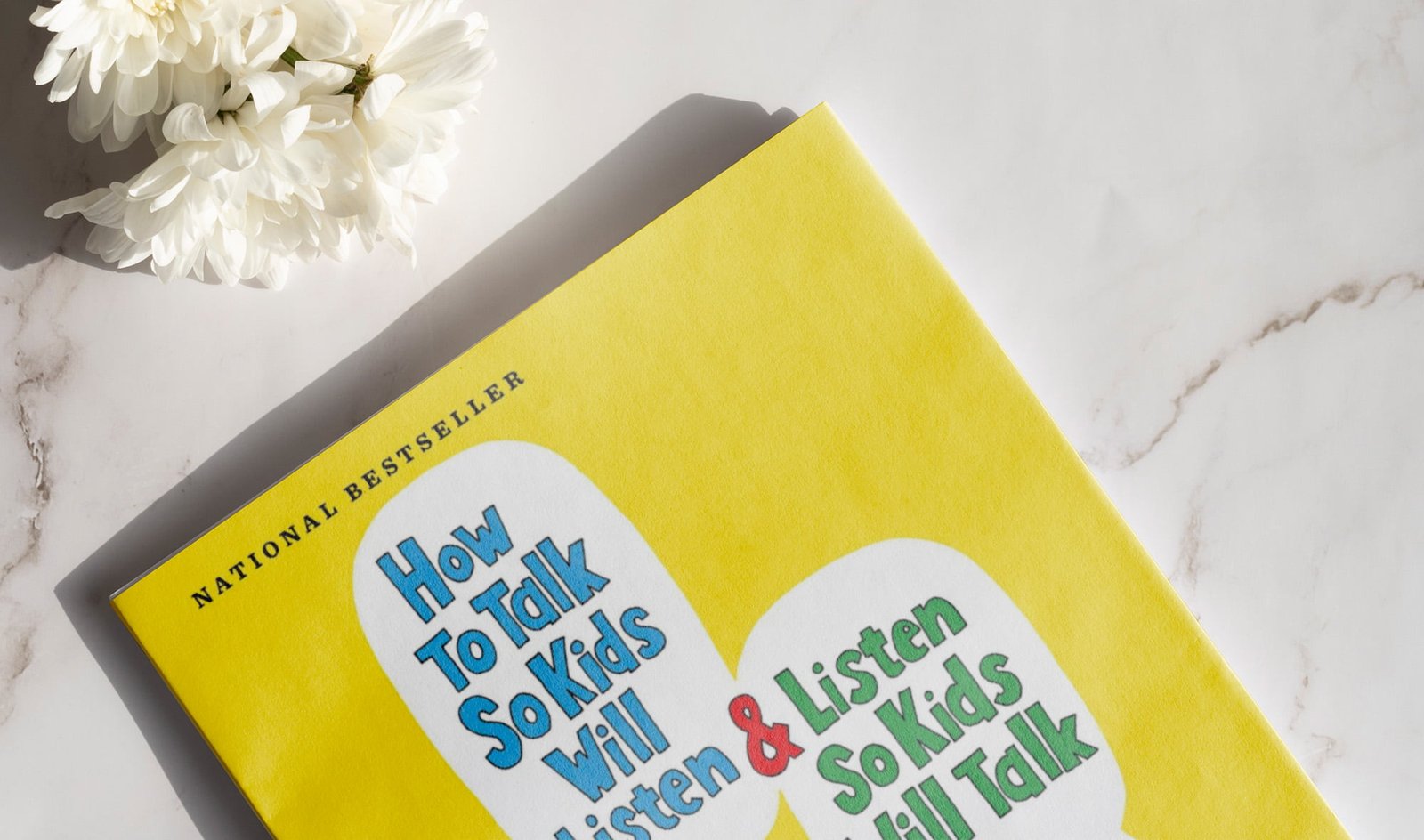Unlocking the World of Wonder: When Do Children Learn to Read, and How Can You Help Them Love Reading?
When I held my newborn girl in my arms, her wide eyes gazing up in wonder, I couldn’t imagine that, one day, she’d read a book with the same enthusiasm. But today, amid a sea of electronic distractions, we’re embarking on a journey to inspire our kids to love books. I’ve often wondered, “At what age do kids learn to read?” and, more importantly, “How can we ensure they enjoy it?”
The Magic Age: When Do Kids Start Reading?
Many parents, especially new ones, wonder, “What age do kids start reading?” While every child is different and develops at their own pace, most children embark on their reading journey between the ages of 5 to 7. During this pivotal period, children learn to transform basic sounds and letters into simple words and sentences—a critical stage in their development. Age is just one piece of the puzzle.
Early Beginnings: Planting Literacy Seeds
Reading aloud at an early age can significantly impact literacy development. Before kids can string alphabets into sentences, being read exposes them to an expansive vocabulary and helps them understand rhythm and melody. It’s like setting up a stage where words play characters, and your child’s imagination builds the scene.
Integrating reading aloud shouldn’t start only when children enter school; it should be a fundamental part of their daily routines from the earliest years of life. Research has shown that children who regularly read develop language skills faster. According to a study by The Journal of Developmental and Behavioral Pediatrics, children exposed to books at an early age enter kindergarten with enhanced language comprehension, a broader vocabulary, and stronger cognitive skills.
Why Aren’t Kids Love Reading?
These days, screens often overshadow traditional books. Children seem more captivated by devices than stories. This brings us to an essential question: “Why aren’t kids falling in love with reading anymore?”
The Digital Dilemma
Statistics highlight a notable trend: children aged 8-12 spend about 4-6 hours a day on screens. This extensive screen time hinders the development of reading habits. But what makes screens more appealing than books? One reason might be the instant gratification and effortless consumption of digital media. Reading requires patience and imagination, qualities to nurture in today’s fast-paced world.
Knowing how to shift children’s focus from screens to pages involves presenting reading as an enjoyable and rewarding pursuit—a way to think, explore, and empathize.
Breaking Barriers to Book Habits
To rekindle a love of reading, parents can employ innovative strategies that present books not just as alternatives, but as adventures waiting to unfold. In our home, we have a designated family reading hour after dinner. These moments of exploration through book worlds became a cherished family activity that was as fun as any movie or game.
How to Teach Kids to Read: Tips for Parents
Understanding how to teach kids to read involves beyond just teaching sight words and phonics—it involves fostering a love of stories. Here are some strategies that have worked for our family and could help yours:
Establish a Routine
Create a reading nook at home where your child feels comfortable reading part of their daily life. Consistency is key. Whether it’s a bedtime story or a post-dinner read-aloud, having a regular routine reinforces reading as a joyous and integral part of living.
Choose the Right Books
Selecting engaging read-aloud books for kids is crucial for sparking their interest. Choose stories with colorful illustrations and relatable characters. Choosing books that align with your child’s experiences and interests makes them more appealing.
Make Reading Interactive
Engaging your child in active participation during reading sessions can transform the activity from passive to interactive. Encourage them to predict story outcomes, mimic character voices, and discuss themes. Asking “What do you think will happen next?” cultivates comprehension and immerses your child deeper into the story.
Encourage Storytime Exploration
Create anticipation by planning themed activities based on books. For example, after reading a pirate adventure, you might organize a “pirate day” where kids dress up and create treasure maps. Experiencing the tactile joy of reenacting stories can strengthen their connection to books and spark excitement.
Turning Reading into Fun: Transforming Work into Pleasure
To ensure our children become enthusiastic readers, we need to make reading enjoyable. But how can we achieve this in a world where digital media eclipses traditional activities?
These Tips Will Help You Make Reading Fun
- Integrate Stories into Play: Transform stories into dynamic playtime activities. Encourage your child to act out their favorite scenes or characters, turning narratives into imaginative experiences.
- Visit the Library Together: Libraries are magical places filled with untold treasures. Regular visits, where your child can explore and choose their own books, empower them and fuel anticipation and excitement for new stories.
- Use Technology Wisely: Screens can be a complement rather than a competitor. Interactive reading apps and audiobooks can engage children in learning through technology, providing new dimensions to storytelling and making reading a multi-dimensional experience.
How to Improve Kids’ Reading Comprehension
Understanding what they read is just as significant as reading itself. Here’s how to help kids with reading comprehension and ensure they truly grasp the narrative.
Encourage Avid Questioning
Children are naturally curious. Encourage them to ask questions about story plots, characters, and motivations to foster deeper understanding. Discuss the story after reading, asking, “What was your favorite part?” or “Why did the character make that choice?” Such discussions hone critical thinking and analytical skills.
Connected to Real Life
Books often reflect real-world experiences. Enhance comprehension by relating fictional tales to real-life scenarios. After reading a story about friendship, for instance, you might connect it to your child’s school experiences. You might also discuss a recent event like stargazing after reading a space book.
Retell the Story
Encourage your child to retell stories in their own words. This practice reinforces their understanding and boosts memory retention and verbal skills. Retelling can be a fun activity where kids use drawings or create storyboards to illustrate the plot.
Why Reading is Important for Kids
Reading benefits extend beyond academic achievement. Here’s why reading is crucial for children and how it impacts their lives.
Cognitive Development
Reading plays a significant role in brain development. It stimulates neural pathways that enhance memory, concentration, and foster analytical thinking. Children’s Literacy Foundation says regular reading habits positively impact academic success.
Emotional Understanding
Books serve as windows into different lives and perspectives, exposing children to scenarios they might not encounter in their daily lives. This exposure builds empathy, enhances emotional regulation, and aids in social skills development by helping children understand diverse emotions and situations.
Lifelong Learning
When reading is perceived as enjoyable rather than obligatory, it instills a passion for learning that transcends formal education. Children who read for pleasure are better students but also more likely to grow into adults with diverse interests and accomplishments.
How to Encourage Kids to Read and Keep Them Engaged
Fostering a love of reading involves encouraging children to pick up a book but also continuous engagement. Here’s how:
Build a Diverse Library
A diverse collection of books invites exploration. Include a variety of genres and content types: fiction, non-fiction, graphic novels, comics, and magazines. This variety caters to evolving interests and ensures there’s always something new to discover.
Be a Role Model
Actions resonate more than words. Displaying your love of reading and discussing books during family conversations can set an example for your child to follow. Sharing stories and recommendations fosters shared experiences and emphasizes reading.
Celebrate Reading Milestones
Celebrate every reading achievement, whether it’s finishing a book, mastering vocabulary words, or understanding complex stories. A reward system, such as a favorite treat, a fun family activity, or a special bookmark, acknowledges accomplishments and inspires further progress.
Overcoming Reading Challenges for Children with Diverse Needs
Some children might not grasp reading at the same pace or efficiency, and some may face challenges due to diverse learning needs. Here’s how to help:
Understanding and Patience
If your child struggles with reading, it’s crucial to identify the root cause. Early diagnosis can make a significant difference, whether it’s a visual issue or a specific learning disorder. Professional help, such as educational psychologists or speech therapists, can provide tailored strategies to meet your child’s specific needs.
Tailored Approaches
Utilize personalized reading strategies to fill in gaps. For instance, using audiovisual aids alongside traditional reading techniques for dyslexic children can enhance understanding and retention.
Multisensory Learning
Incorporate multisensory activities using touch, motion, and sound. It can be particularly helpful to trace letters in sand while speaking the sound or to create art projects inspired by book themes.
Wrapping Up: Raising Readers in a Technological World
As parents in a rapidly evolving digital landscape, we have the tools to illuminate our children’s paths to becoming readers. By understanding when kids learn to read and leveraging their natural curiosity, we can transform reading into not just a task but a lifelong passion.
As we embark on this journey with our children, let us remember that every book opens a door to new worlds. Through those pages, we guide our children to discover the magic in every story, nurturing not just readers, but dreamers, thinkers, and lifelong learners.
FAQs
How can I encourage my child to love reading from an early age?
What if my child doesn’t seem interested in reading?
Why is reading aloud to my child important?
How can I make reading more fun and interactive for my child?
Are there benefits to letting children pick their own reading material?
Recommended Books for Fostering a Love of Reading
Here are some insightful books that offer valuable advice and inspiration for encouraging reading among children and adults alike:
Jim Trelease’s Read-Aloud Handbook
The Read-Aloud Handbook by Jim Trelease is a classic guide that has influenced numerous parents and educators in promoting reading aloud to children. It stresses the importance of awakening children’s imaginations and enhancing language skills through reading. The book also includes a comprehensive list of recommended read-aloud books with synopses and age recommendations. It is a practical resource for selecting books that captivate children and encourage lifelong reading habits.
Raising Bookworms: Getting Kids Reading for Pleasure and Empowerment
Written by Emma Walton Hamilton, Raising Bookworms offers over 150 creative strategies and activities designed to help children discover the empowerment and joy of reading. The book focuses on engaging reluctant readers and rekindling a love for reading in every age group. It underscores the essential role reading plays in achieving success in school and life and provides methods to build or restore the critical connection between children and reading.
How to Raise a Reader is a helpful guide for parents looking to cultivate a love of reading in their children. This book combines practical tips with charming anecdotes to illustrate the various stages of a child’s reading journey. It emphasizes creating a reading-friendly environment at home. It recommends age-appropriate books, helping parents transform their children into avid readers and fostering a lifelong appreciation for literature.
Wild Things: The Joy of Reading Children’s Literature as an Adult
Wild Things explores the magical world of children’s literature from an adult perspective. This book delves into the nostalgic and emotional bonds that adults form with children’s books, analyzing the impact these stories have beyond childhood. It invites readers to rediscover their favourite childhood books and appreciate their timeless wisdom and storytelling, making it a delightful read for any adult who cherishes the literature of their youth.
Books for Living by Will Schwalbe is a heartfelt exploration of books’ vital role in shaping our lives. Schwalbe shares personal stories and insights from diverse books that have influenced him, discussing how these works address universal questions about living a meaningful life. This book celebrates the power of reading to enrich and transform our daily experiences, serving as a reminder of how literature can guide and comfort us throughout our lives.
Related Posts













































































